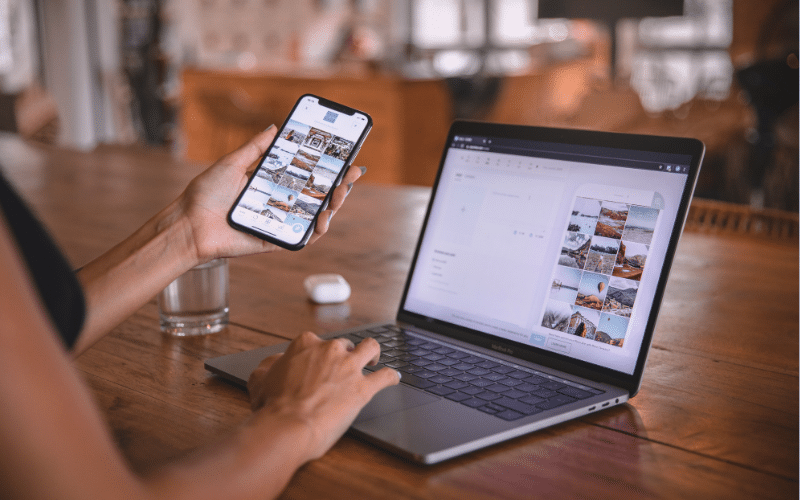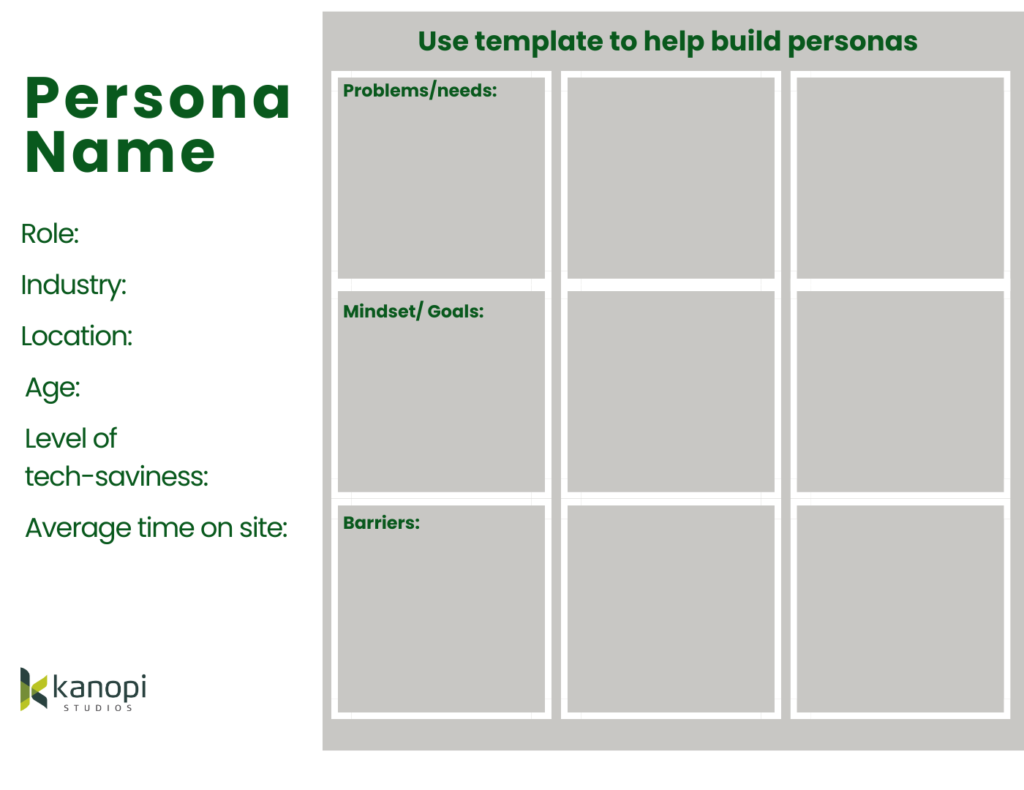How to Leverage Event Content For Your Blog: 4 Ideas

If you agree with the 56% of marketers who find blogging to be an effective marketing tactic, you know the importance of enhancing your content strategy with relevant and actionable information. Fortunately, a wealth of valuable content lives in your organization’s event materials.
Because your events aim to welcome, engage, and retain members, event content can reinvigorate your outreach. This guide will explore the value of leveraging event content on your blog and four ideas to get started.
Why leverage event content?
There are many ways your website can demonstrate value, including regular maintenance and accessible design. In particular, incorporating event content into your blog posts showcases the value your organization provides to its members and community. For example, event content may include educational resources provided by keynote speakers that empower members to learn more about the topic at hand.
Additionally, you can extend the reach of your event by encouraging ongoing conversations based on the event’s topic of discussion. Event volunteer testimonials may emphasize the importance of your organization’s work.
If your organization is eager to tap into these benefits, use the following four ideas to leverage event content for your blog.
1. Share recordings and presentations
The main activity at your event, such as a keynote speech or panel discussion, can enrich your blog content with educational insights. Embed short recordings, presentation slides, documents, and other multimedia content from the event to highlight important discussion topics.
According to Kanopi’s WordPress guide, strategic placement of multimedia elements allows visitors to engage with your site in multiple ways. Since audience engagement is a cornerstone of content marketing, your event materials must resonate with readers.
Kanopi’s guide recommends building audience personas to learn more about who you’re aiming to reach. This can help you identify which recordings and presentations would be most useful to your readers and best supplement your blog post. Use the following template to help build personas:
For example, let’s say your younger site visitors tend to engage with interactive content the most. You might create an audience persona for this audience and identify their goals as hands-on learning experiences. When catering to this audience, you could illustrate geographic information shared during your event through an interactive map.
2. Incorporate expert opinions
Depending on the format of your event, industry experts may provide speeches or presentations full of credible insights for your audience. Incorporate their perspectives and advice to bolster the authority of your blog content.
Infuse blog posts with expert opinions by including the following elements:
- Direct quotes: Highlight notable quotes from event speakers to incorporate their thought leadership.
- Anecdotes: Add an element of human connection to your blog content by summarizing the speaker’s stories.
- Insights: Provide key lessons and takeaways from the speaker’s overall message.
Be sure to include relevant links when quoting event speakers so readers can easily navigate to additional information. For example, link to your event page to contextualize a quote for readers. Additionally, reinforce the credibility of your post by linking to the expert’s website, research, or other materials on external websites.
3. Highlight attendee feedback
According to Double the Donation’s nonprofit event guide, a key benefit of events is their ability to build connections between attendees. Highlighting the positive experiences they had at your event does more than encourage readers to attend your next event—it provides social proof of your organization’s drive to provide value and quality.
Gather attendee feedback through surveys, interviews, or interactions at your event. Then, incorporate their feedback into your blog content through:
- Ratings: Ask attendees to rate specific aspects of their event experience, such as their favorite sessions or takeaways.
- Case studies: Share success stories from attendees who applied the knowledge gained from your event and achieved their goals. After all, this is the true measure of your event’s return on experience (ROE).
- Q&A sessions: Answer readers’ questions by referencing previous Q&A sessions in your blog content. This may include questions asked by attendees, responses, and follow-up thoughts or inquiries.
Beyond your blog content, you can also use attendee feedback to help your organization improve its next event. Analyze what people have to say about your event and adjust your event planning approach as necessary to address their concerns in the future.
4. Recap the event
Whether they had a prior engagement or simply didn’t know about the event, you’ll likely have blog readers who wanted to attend your event but couldn’t. Create dedicated blog posts recapping the event, or include the highlights in a relevant post about the event’s subject.
Discuss the purpose of the event and share key takeaways or actionable advice. Pack your summary with rich details to convey the excitement of the event, but condense it into a readable format. To do this, use:
- Photo galleries: Use high-quality, compelling photos of the event and well-designed infographics to summarize the event’s message. To make the blog post dynamic, embed videos of noteworthy speeches and presentations.
- Testimonials: Highlight attendees’ positive experiences with the event through direct quotes and testimonials. Willing attendees may agree to conduct a filmed interview or they may provide a quote in a post-event feedback survey.
- Highlights reel: Consolidate the best moments from the event into a short-form video and embed it into your blog content. This should include quick, powerful audio clips as well as ample b-roll to evoke feelings of excitement about the event.
If you’re not sure how to compile a comprehensive recap of the event in an eye-catching way, consult an expert web design team. A professional can develop an effective content strategy for your website, taking into account your unique tone and brand voice. This way, you can seamlessly integrate event content into your regular posting schedule.
Leveraging event content for your blog offers numerous opportunities to engage your audience, including the ability to spice up your content with varied resources and formats. Ultimately, the inclusion of event content adds credibility to your posts and entices readers to attend your next event!
As you add this to your content strategy, follow engagement metrics over time to gauge its effectiveness. Gather insights and adjust your strategy as necessary to best meet your audience’s needs. In the end, you’ll cater your content to match audience preferences and increase engagement across all your blog posts.
Guest Author: Anne Stefanyk, Kanopi

